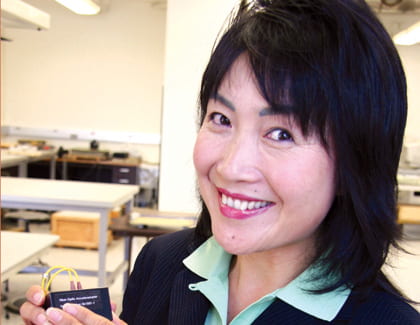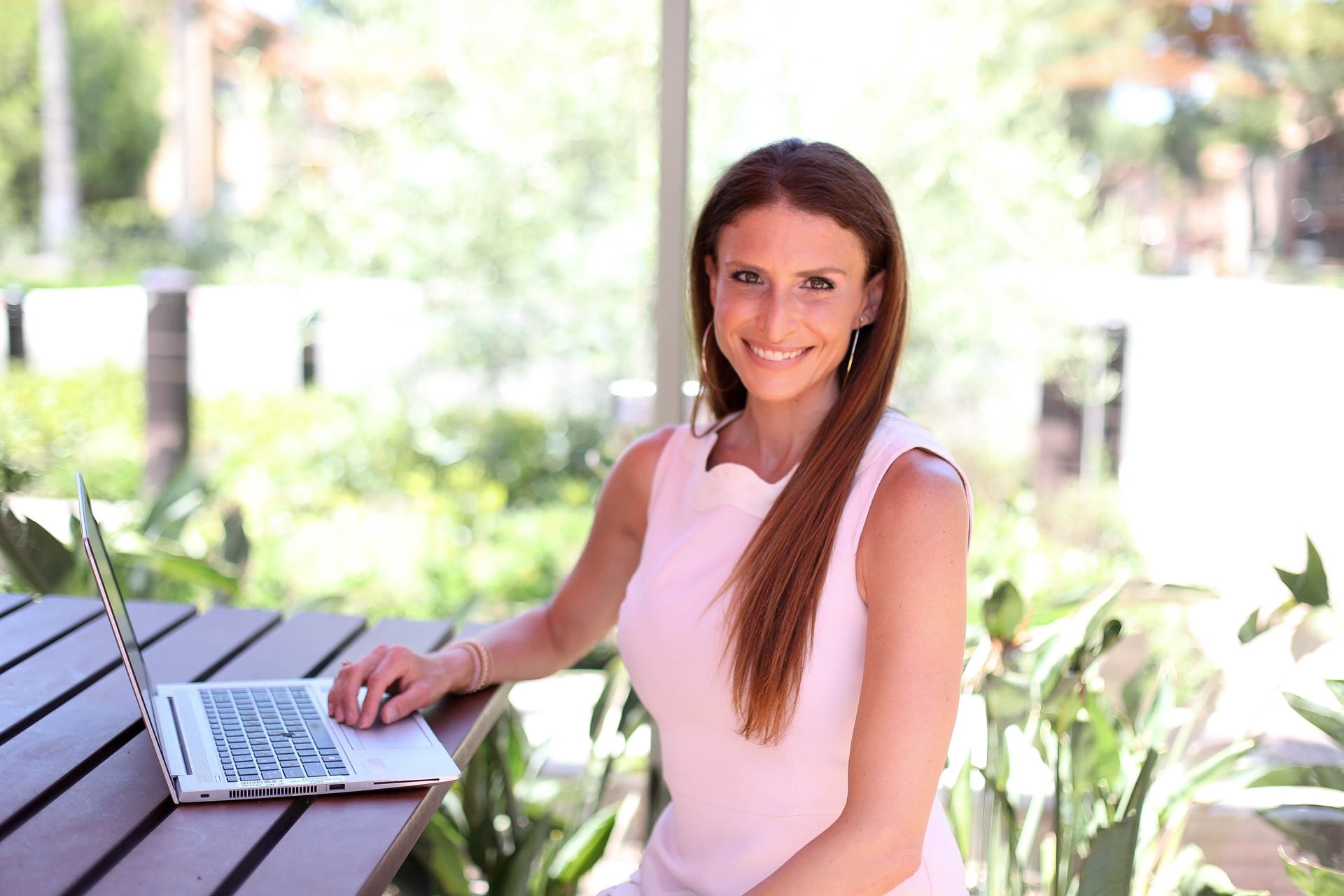Bridge doctor
Engineering professor Maria Feng works to make structures safer and avoid disasters like the Minneapolis bridge collapse

When Maria Feng first learned that a highway bridge collapsed in Minneapolis, she was as shocked as most people – and deeply frustrated. A civil and environmental engineering professor, Feng had been warning about structurally deficient bridges for years. What’s more, she’d already invented technology that might have averted the tragedy.
Working in The Henry Samueli School of Engineering and California Institute for Telecommunications and Information Technology, Feng has developed a variety of sensors for continually monitoring the soundness of bridges, buildings and other structures.
“On the Minnesota bridge, there may have been early warning signs that could have been detected by such sensors, so we at least could have shut down traffic,” she says.
If people weren’t listening to Feng before the collapse, they are now. TV and newspaper reporters from around the country called her for quotes on bridge safety, even giving her a nickname: “the bridge doctor.” Civil engineers nationwide e-mailed asking if they could implement her monitoring system.
In 1999, Feng received a patent for a fiber optic sensor she designed that’s uniquely suited to bridges and other structures. No larger than a Bic lighter, the sensors are easier to install than conventional electric sensors, and they won’t go haywire if struck by lightning – a crucial feature for bridge monitoring. By continuously measuring bridge vibration and processing the signals in real time using diagnostic software she developed, the sensors can instantly signal via the Internet when damage has occurred.
To install the sensors, Feng – whose petite frame is practically dwarfed by the hard hat she wears in the field – ventures onto bridges’ narrow catwalks, often working hundreds of feet above ground. It’s no small feat, considering she’s scared of heights.
“My work in the field often requires me to climb to high places,” she says. “I’m getting used to it. I try not to look down.”
Feng has already installed sensors on three Orange County overpasses that feed data via the Internet to researchers at UCI. She’s also installing a variety of sensors on the Vincent Thomas Bridge in San Pedro.
Like people, buildings and bridges can suffer the effects of aging, she says. Bridges are physically inspected every two years, but constant monitoring can identify damage that occurs in the interim due to earthquakes, wear-and-tear or heavy traffic.
“With nearly 30 percent of bridges rated structurally deficient, and with limited resources to repair them, this technology can help us prioritize which are in most urgent need of attention,” she says.
Feng’s interest in structural safety goes back to her childhood. Growing up in China, she was a high school student when the deadliest earthquake in modern history struck Tangshan in 1976, killing nearly a quarter of a million people. Although she lived 1,000 miles away, in Nanjing, she never forgot the images of flattened buildings and devastation.
“It affected my decision to go into engineering,” says Feng, who received her doctorate in mechanical engineering from the University of Tokyo.
Since joining UCI in 1992, she’s received four major awards from the American Society of Civil Engineers, including the prestigious Walter L. Huber Civil Engineering Research Prize, as well as the National Science Foundation’s CAREER award. Respected by her peers as a pioneer in sensor technology, Feng now finds her work has taken on a new sense of urgency.
“The bridge disaster has shown us we must do something. The technology is there,” she says. “It’s a wake-up call.”

